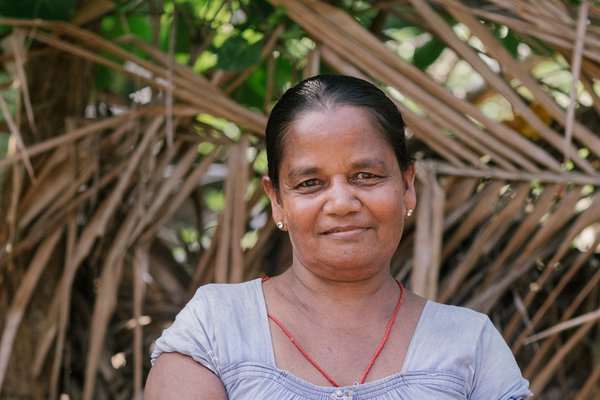Blog
Blog
Insight into our work across the globe, as well as our thoughts and perspectives on the fight against leprosy today.
Sign up to receive TLM's quarterly Leprosy Insights Magazine, and receive information, news, insights, best practice tips, opinion pieces, and more straight to your inbox. Sign up today and read the latest edition below.
Blog articles
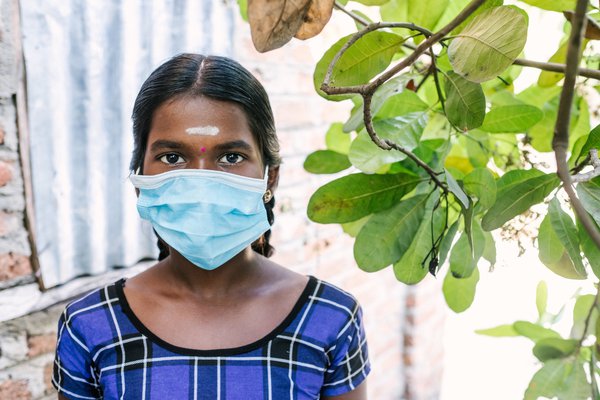
Covid-19 continued to hit communities hard throughout 2021, but we still have reasons to be thankful.
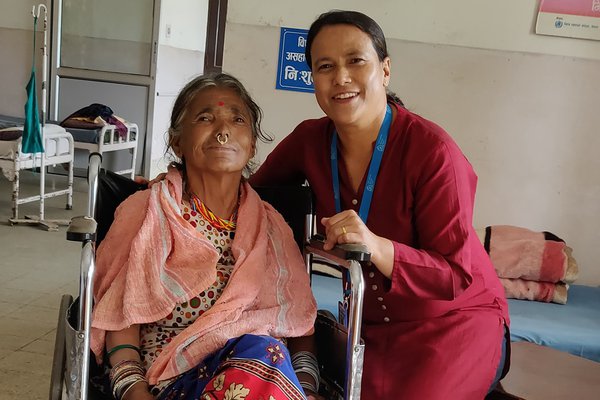
Ruth and Bishnu from TLM Nepal share some of the lessons they’ve learnt from the frontline of mental health care for persons affected by leprosy.
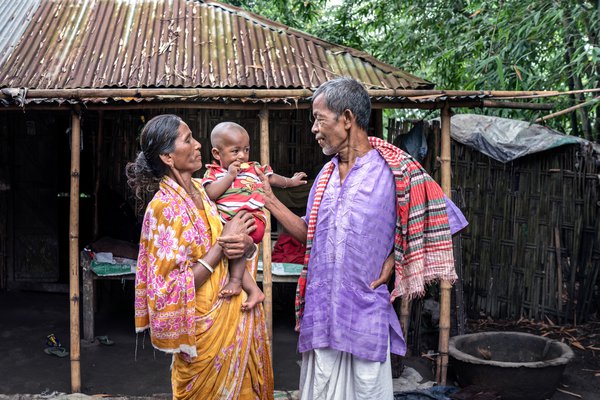
As the Nobel Prize in Physiology or Medicine is awarded for discoveries related to touch and feeling, Jannine Ebenso of The Leprosy Mission considers why this is a poignant moment for people who have experienced leprosy across the world.
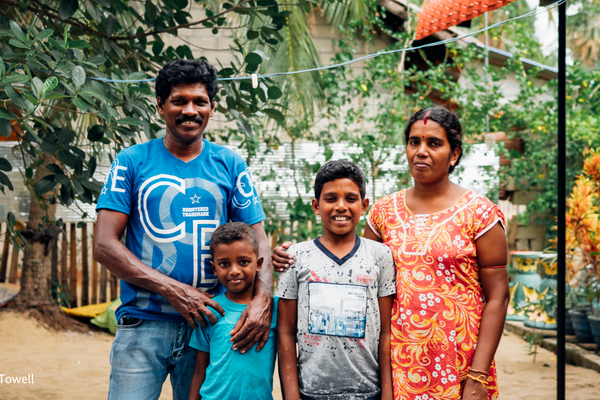
We are supporting the Sasakawa Health Foundation's Global Appeal 2022, which is asking for the support of philanthropic foundations across the world.
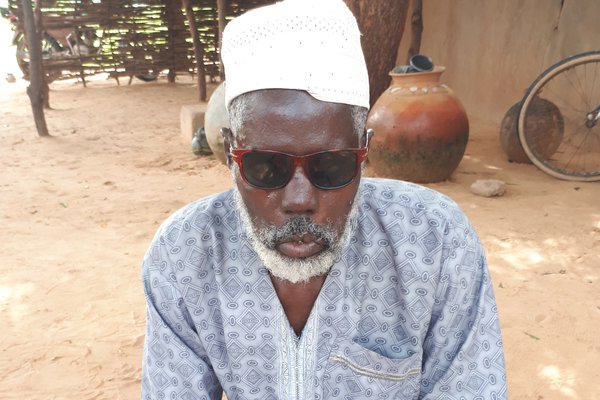
Sadly, leprosy remains the world’s leading cause of preventable disabilities. Among these disabilities is damage to the eyes. Here’s your guide to leprosy and the eyes.
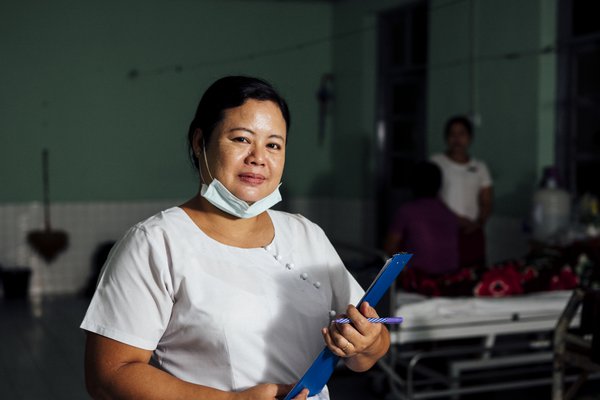
After months of violent military rule, Myanmar is currently experiencing a devastating wave of Covid-19 and there is no healthcare system in place to help.
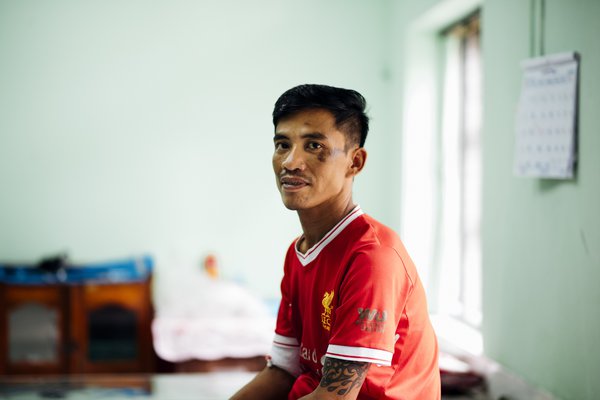
There have been headlines across the world since the start of the Covid-19 pandemic which have seen people compare Covid-19 with leprosy. Any comparisons between these diseases are inaccurate at best and harmful at worst.
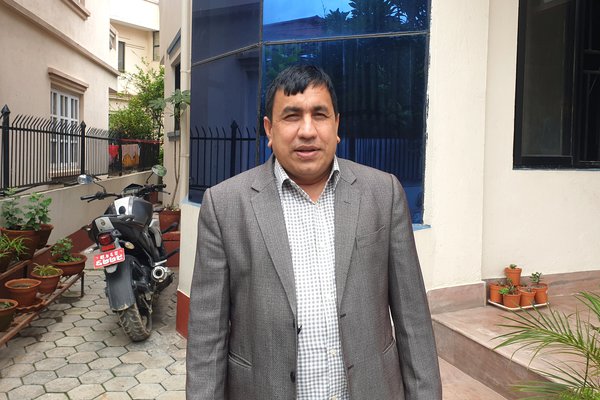
This is the story of Amar's divorce, which happened when his wife learnt that he had once been diagnosed with leprosy.
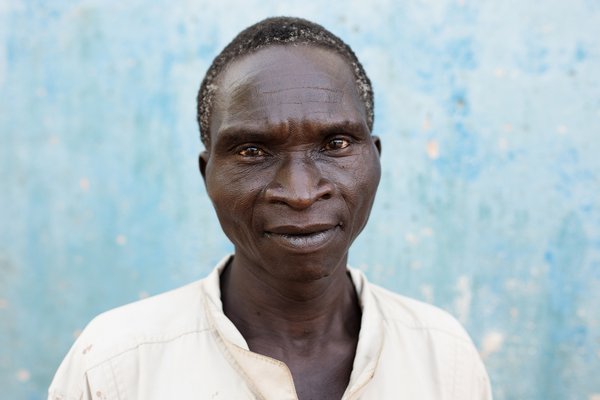
Across the world there are more than 100 laws that discriminate against people who have experienced leprosy. They are totally unacceptable. Here’s a look at some of the key ways these laws can punish you simply for a curable medical diagnosis.
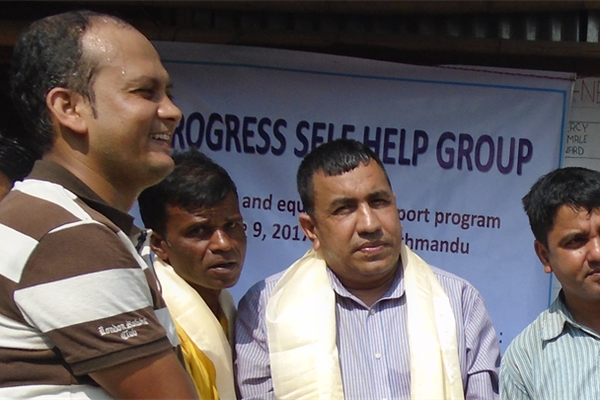
I'm Taranath from Nepal and I invite you to see what leprosy has really meant for my life. See how stigma and fear has affected me in almost every area of my life and how I have overcome all of it.
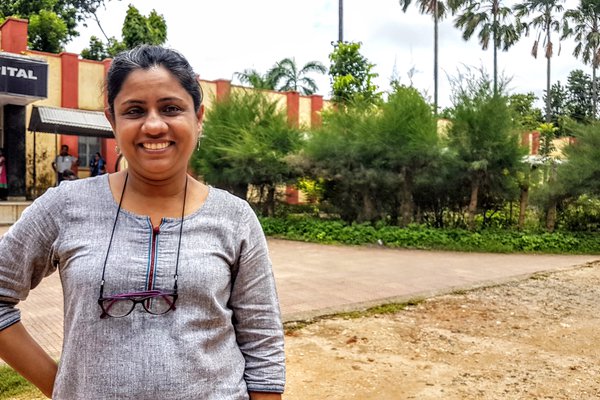
We could be the generation that ends leprosy for good. Here are three fantastic tools that scientists are working on right now that will push us towards zero leprosy transmission by 2035.
